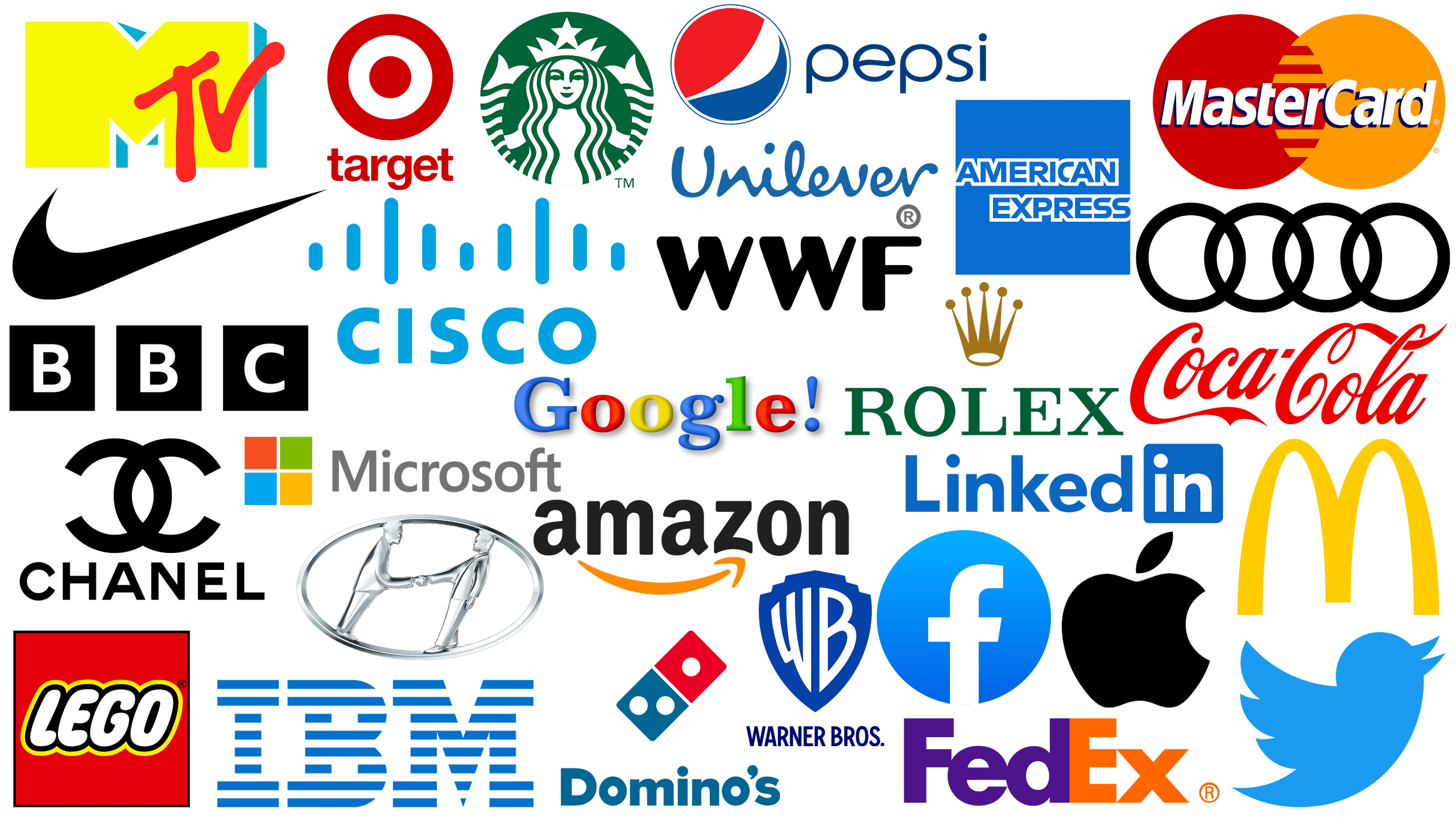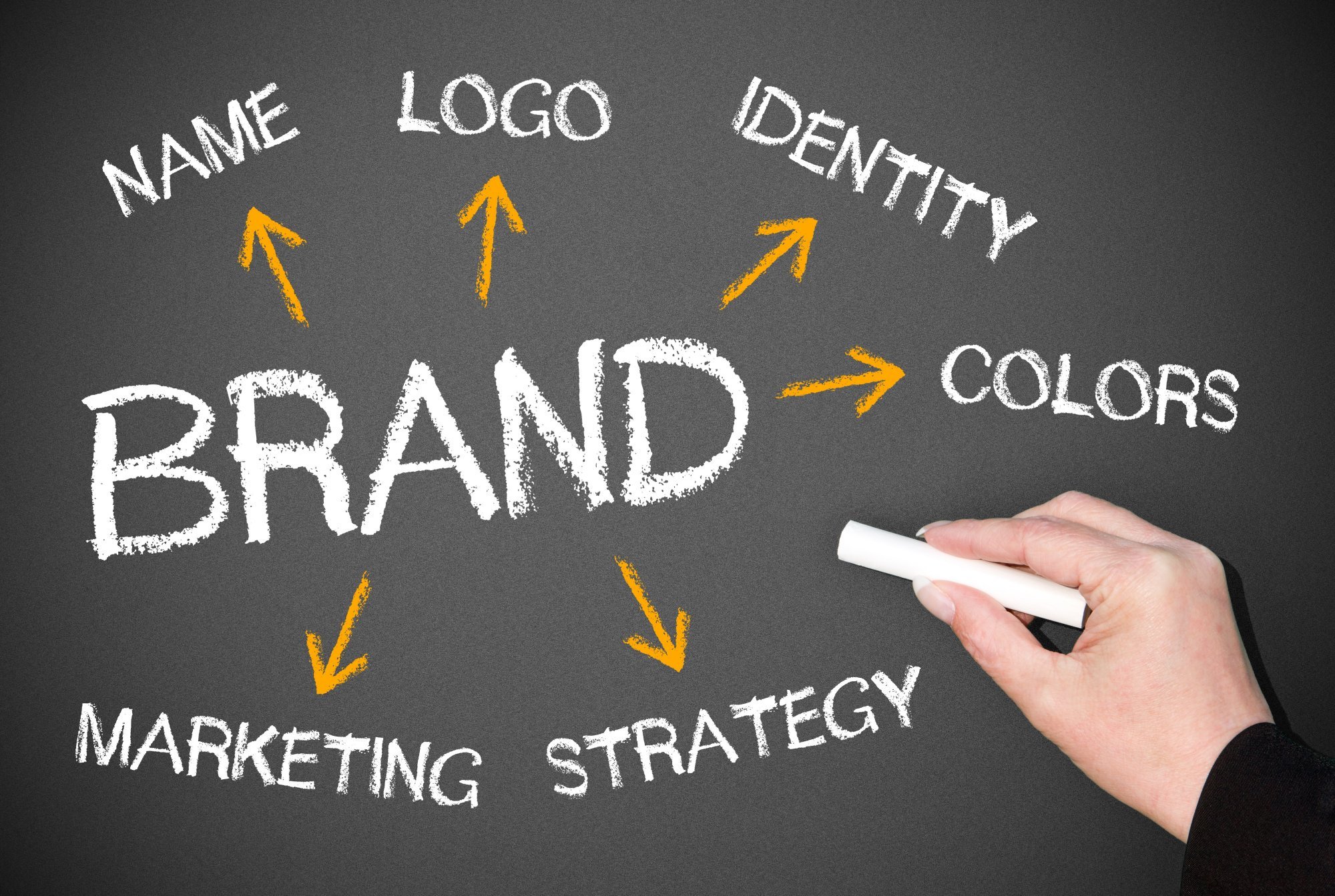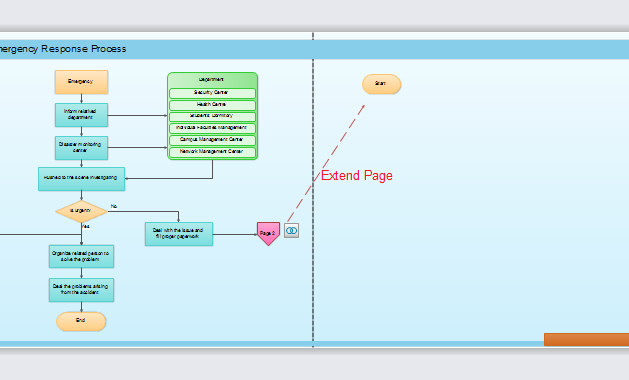
In the ever-evolving landscape of search engine optimization (SEO), understanding how search engines like Google interpret and prioritize brand identity has become increasingly crucial. One of the most significant concepts in this space is Brand Entity Recognition—a process that enables Google to identify, categorize, and understand the unique attributes of a brand. This capability not only influences search rankings but also shapes how users interact with your brand online.
As digital marketers and SEO professionals, it’s essential to grasp the mechanics behind Brand Entity Recognition and how it can be leveraged to strengthen your brand’s presence on the web. In this article, we’ll explore what Brand Entity Recognition is, why it matters, and how you can optimize for it to improve your visibility and engagement on Google.
What Is Brand Entity Recognition and Why It Matters
Brand Entity Recognition refers to the ability of search engines, particularly Google, to recognize and differentiate between various brands based on their unique identities. This includes understanding a brand’s name, logo, products, services, and even its reputation or user sentiment.
Google uses advanced machine learning algorithms and natural language processing (NLP) to analyze vast amounts of data across the web. By identifying patterns in how a brand is mentioned, linked to, and engaged with, Google builds a comprehensive profile of that brand. This profile then informs how the brand is ranked in search results, especially for branded queries.
For example, when someone searches for “Apple,” Google must determine whether they are referring to the fruit or the technology company. Brand Entity Recognition helps the search engine distinguish between these entities, ensuring that the most relevant results appear at the top of the SERP.
This recognition is not just about names; it encompasses all aspects of a brand’s digital footprint, including:
- Website content and structure
- Social media activity
- Online reviews and user sentiment
- Backlinks and domain authority
- Brand mentions across the web
The more consistent and clear your brand identity is across these channels, the easier it becomes for Google to recognize and rank your brand appropriately.
How Brand Entity Recognition Impacts SEO Performance
Brand Entity Recognition plays a pivotal role in several key areas of SEO performance, including:
1. Improved Visibility for Branded Queries
When users search for specific brand terms, Google prioritizes websites that have a strong, recognizable brand presence. This means that brands with consistent branding across platforms are more likely to appear in the top results for their own name.
2. Enhanced Trust and Authority Signals
Google places a high value on trust and authority when determining rankings. A well-defined brand identity signals to Google that your business is credible and reliable. This can lead to higher rankings, especially for competitive keywords.
3. Better User Experience and Engagement
Brands that are clearly defined and consistently represented online tend to have better user experiences. When users recognize a brand, they are more likely to engage with it, leading to higher click-through rates (CTR), longer dwell times, and lower bounce rates—all of which are positive signals for Google.
4. Stronger Positioning in Featured Snippets and Knowledge Panels
Google often highlights featured snippets and knowledge panels for well-known brands. These placements can significantly boost visibility and drive traffic directly from the search results page.
5. Improved Local Search Rankings
For businesses with a physical presence, Brand Entity Recognition also plays a role in local search. Google uses brand signals to determine which businesses are most relevant to local queries, making it essential for local SEO strategies.
Step-by-Step Implementation Framework
To effectively leverage Brand Entity Recognition, follow this structured approach:
1. Define or Audit the Current Situation
Start by conducting a comprehensive brand audit to assess your current brand identity. Evaluate your website, social media profiles, content strategy, and online presence. Identify any inconsistencies or gaps that may hinder Google’s ability to recognize your brand.
2. Apply Tools, Methods, or Tactics
Use tools like Google Analytics, Google Search Console, and brand monitoring platforms to track how your brand is being mentioned online. Ensure that your brand name, logo, and messaging are consistent across all platforms. Implement schema markup to help Google understand your brand’s structure and offerings.
3. Measure, Analyze, and Optimize
Monitor your brand’s performance using metrics such as brand search volume, CTR, and user engagement. Use A/B testing to refine your brand messaging and visual identity. Continuously update your content to reflect your brand’s evolving identity and values.
Real or Hypothetical Case Study
Let’s consider a hypothetical case study involving a mid-sized e-commerce brand, “EcoLuxe Living,” which sells sustainable home goods. Initially, EcoLuxe had a weak brand presence, with inconsistent messaging across platforms and limited backlink authority.
After implementing a Brand Entity Recognition strategy, the company took the following steps:
- Standardized its brand name and logo across all platforms.
- Created a content strategy focused on sustainability and eco-friendly living.
- Optimized its website with schema markup and structured data.
- Engaged in targeted social media campaigns to build brand awareness.
Within six months, EcoLuxe saw a 40% increase in brand-related search traffic and a 25% improvement in its overall search ranking. Google began recognizing the brand more clearly, leading to better visibility in both organic and featured snippet results.
Tools and Techniques for Brand Entity Recognition
Several tools can help you enhance your Brand Entity Recognition efforts:
- Google Search Console – Monitor how your brand is performing in search results and track brand-related queries.
- Brandwatch – A social listening tool that helps track brand mentions and sentiment across the web.
- Meltwater – Offers real-time insights into brand perception and competitor analysis.
- Ahrefs – Helps analyze backlinks and domain authority to strengthen brand signals.
- Schema.org – Provides structured data markup to help Google understand your brand’s offerings.
- SEMrush – Offers keyword research and competitor analysis to align your brand messaging with search intent.
Future Trends and AI Implications
As AI continues to evolve, Brand Entity Recognition will become even more sophisticated. Google’s upcoming advancements in generative AI and multimodal search will further refine how brands are identified and ranked. For instance, AI-powered search engines will be able to understand brand context in voice searches, image searches, and even video content.
To stay ahead, focus on:
- Consistent brand messaging across all channels.
- High-quality, authoritative content that reinforces your brand’s identity.
- Optimized visual and verbal identity to ensure clarity and recognition.
By preparing for these changes now, you’ll position your brand to thrive in the next era of search.
Key Takeaways
- Brand Entity Recognition is a critical factor in how Google understands and ranks your brand.
- Consistency in brand messaging, visuals, and online presence enhances Google’s ability to recognize your brand.
- A strong brand identity leads to improved visibility, trust, and engagement on search engines.
- Tools like Google Search Console, Brandwatch, and Schema.org can help you optimize for Brand Entity Recognition.
- As AI evolves, staying ahead of trends in multimodal search and generative AI will be essential for future success.
Meta Title: Understanding Brand Entity Recognition: How It Shapes Google’s Perception of Brand Identity
Meta Description: Learn how Brand Entity Recognition influences Google’s understanding of your brand and how to optimize for it to improve SEO performance.
SEO Tags (5): Brand Entity Recognition, Google SEO, Brand Identity, SEO Strategy, Online Visibility
Internal Link Suggestions: [Parameter #1: Search Intent Alignment], [Parameter #9: Updated Data & References], [Parameter #18: Distinct Value Proposition]
External Source Suggestions: https://developers.google.com/search/docs/, https://www.searchenginejournal.com/brand-entity-recognition/








